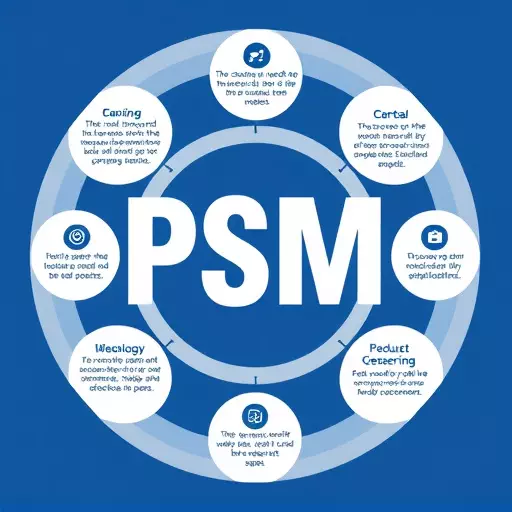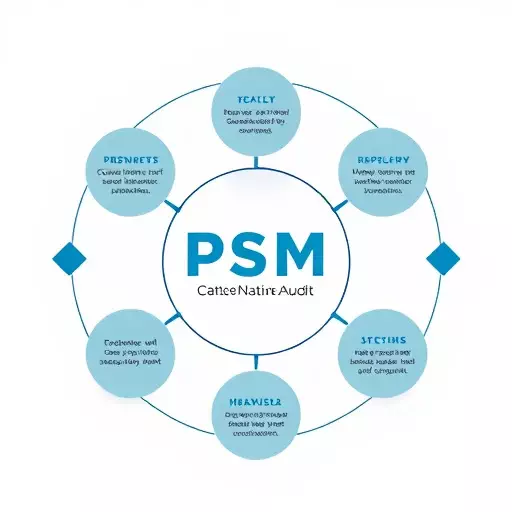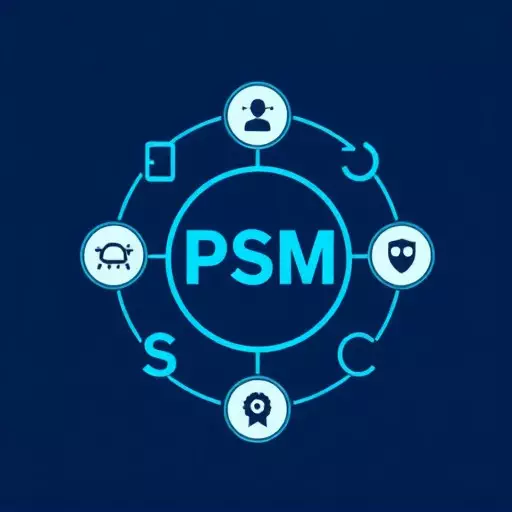Incident Investigation Audits utilizing the PSM (Process Safety Management) compliance audit methodology are crucial for high-risk industries. These audits systematically scrutinize incident causes, comparing facility procedures against industry standards and best practices through a gap analysis. By identifying and addressing discrepancies, PSM compliance audit services enhance safety, foster continuous improvement, and ensure regulatory alignment, ultimately boosting operational resilience. A structured approach defines scope, reviews documentation, observes work practices, interviews staff, and conducts equipment checks, culminating in actionable insights for PSM gap analysis and improved compliance.
Incident investigation audits are critical for organizations seeking to enhance safety and regulatory adherence. This comprehensive overview explores PSM (Process Safety Management) compliance audit services and their role in mitigating risks within industrial processes. We delve into the PSM compliance audit methodology, providing a step-by-step guide to ensure thoroughness and accuracy. Furthermore, this article highlights the importance of PSM gap analysis in identifying potential risks and driving continuous improvement.
- Understanding Incident Investigation Audits: A Comprehensive Overview
- PSM Compliance Audit Services: Unlocking Safety and Regulatory Adherence
- Methodology for Effective PSM Compliance Audit: Step-by-Step Guide
- Gap Analysis in PSM: Identifying and Addressing Potential Risks
Understanding Incident Investigation Audits: A Comprehensive Overview

Incident Investigation Audits are a critical process for organizations to thoroughly examine and understand the root causes behind incidents or near-misses, enabling them to implement effective preventative measures. These audits go beyond standard reviews by employing a structured and systematic approach, often referred to as the PSM (Process Safety Management) compliance audit methodology. This method ensures every aspect of an incident is scrutinized, from initial detection to response and recovery.
PSM compliance audit services delve into the procedures, policies, and systems in place at a facility, comparing them against established industry standards and best practices. By conducting a PSM gap analysis, these audits identify areas where improvements or updates are necessary to enhance process safety management. This comprehensive overview helps organizations not only meet regulatory requirements but also fosters a culture of continuous improvement and enhanced operational resilience.
PSM Compliance Audit Services: Unlocking Safety and Regulatory Adherence

PSM Compliance Audit Services play a pivotal role in ensuring safety and regulatory adherence within organizations, especially those operating in high-risk industries. These specialized services delve into the intricate details of Process Safety Management (PSM) systems, offering a comprehensive assessment to identify potential gaps. By employing a structured PSM compliance audit methodology, experts meticulously examine procedures, documentation, and operational practices to uncover areas where improvements are needed.
Through this rigorous process, organizations gain valuable insights into their current PSM standing. A PSM gap analysis highlights discrepancies between established standards and actual implementation, empowering companies to make data-driven decisions. This proactive approach not only bolsters safety measures but also fosters a culture of continuous improvement, ensuring businesses remain compliant and prepared to navigate the ever-changing regulatory landscape.
Methodology for Effective PSM Compliance Audit: Step-by-Step Guide

A successful PSM (Process Safety Management) compliance audit requires a structured and systematic approach to ensure comprehensive coverage of all critical areas. The first step is to define the scope and objectives, aligning them with industry standards and regulatory requirements. This involves identifying key processes, hazards, and potential risks specific to the facility under audit. A thorough review of existing documentation, such as PSM plans, risk assessments, and training records, provides a foundational understanding of the organization’s current compliance status.
The next critical phase is the on-site audit, where experts meticulously examine operational procedures, safety systems, and equipment maintenance records. This includes observing work practices, conducting interviews with staff, and checking for adherence to established protocols. A gap analysis is then performed, comparing the facility’s practices against best practices and regulatory guidelines. Identified gaps are documented, prioritized, and presented in a clear report, offering actionable insights to bridge the discrepancies and enhance overall PSM compliance.
Gap Analysis in PSM: Identifying and Addressing Potential Risks

In the context of Process Safety Management (PSM), a Gap Analysis is a critical component of any comprehensive PSM compliance audit service. This methodology involves a thorough evaluation of an organization’s current processes and practices against established industry standards and regulatory requirements. By comparing these actual practices to the desired, ideal state, as defined by PSM guidelines, gap analysis identifies potential risks and non-compliance areas within the system.
During a PSM compliance audit, professionals employ various tools and techniques to conduct this analysis, ensuring that every aspect of the process is scrutinized. This includes examining procedures for hazard identification, risk assessment, control measures implementation, and ongoing monitoring. By addressing these gaps through robust risk management strategies, organizations can enhance their overall safety posture, mitigate potential incidents, and align more closely with industry best practices.


